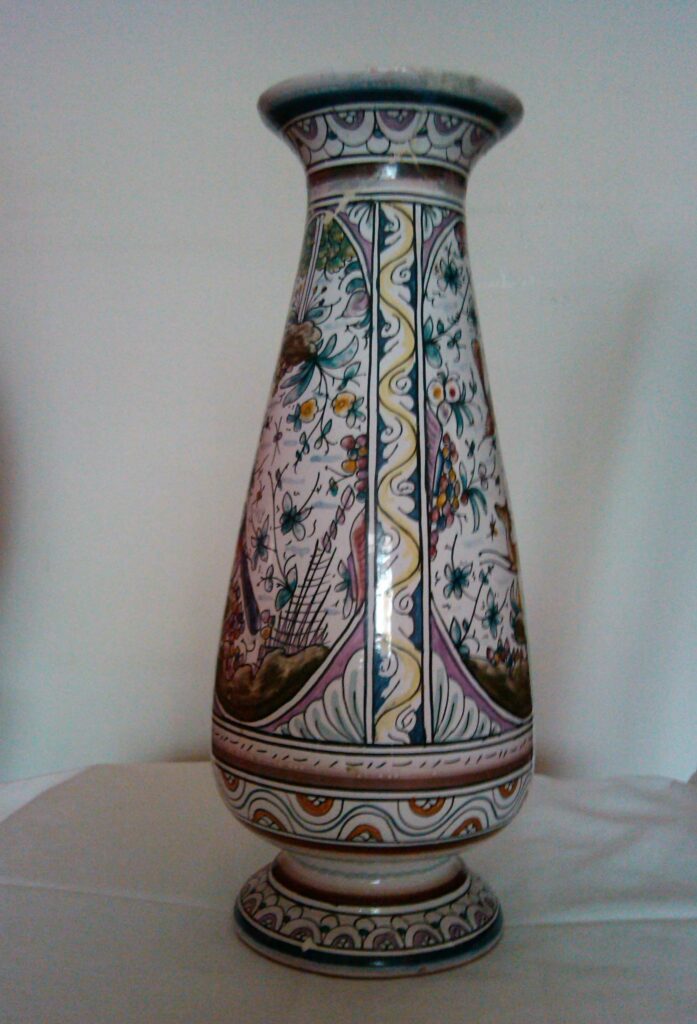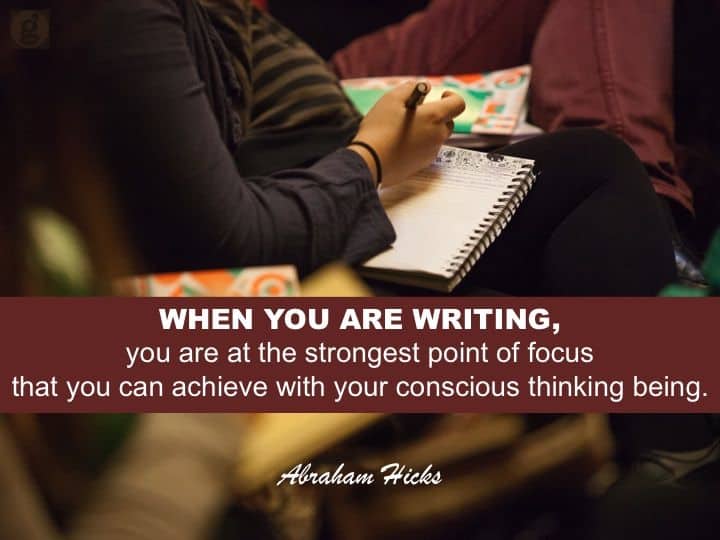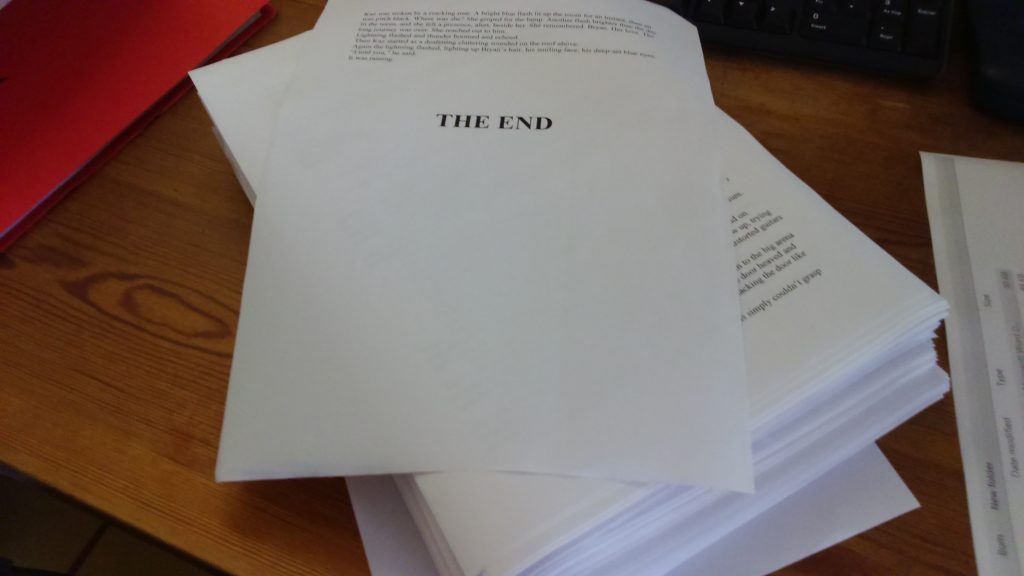
This vase was bought my late parents many years ago on holiday in Portugal.
How did this vase start life?
As clay. Formless and colourless.
So how did it become a vase?
Someone had an idea in their head – a design – and probably sketched it on paper.
And then the potter had to shape it.
And the potter probably didn’t get it right first off. Would you judge and beat on the potter because the unformed clay wasn’t a finished vase?
Once the shape was right, the piece was dried, then glazed, then fired again.
So, from clay to finished vase, it went through a process with many stages.
It’s the same with text.
A finished text – an effective text, a readable text, a text that does what the writer wants it to do – is the end result of a process that has a number of stages.
And the first stage is producing the raw material. You start by freewriting or rapidwriting, throwing it all down: producing something you can work with.
Like the vase from Portugal, the final piece of writing gradually emerges as you work on it. But first you have to produce the raw material. You can’t make a ceramic vase without starting with messy, colourless, shapeless clay.



